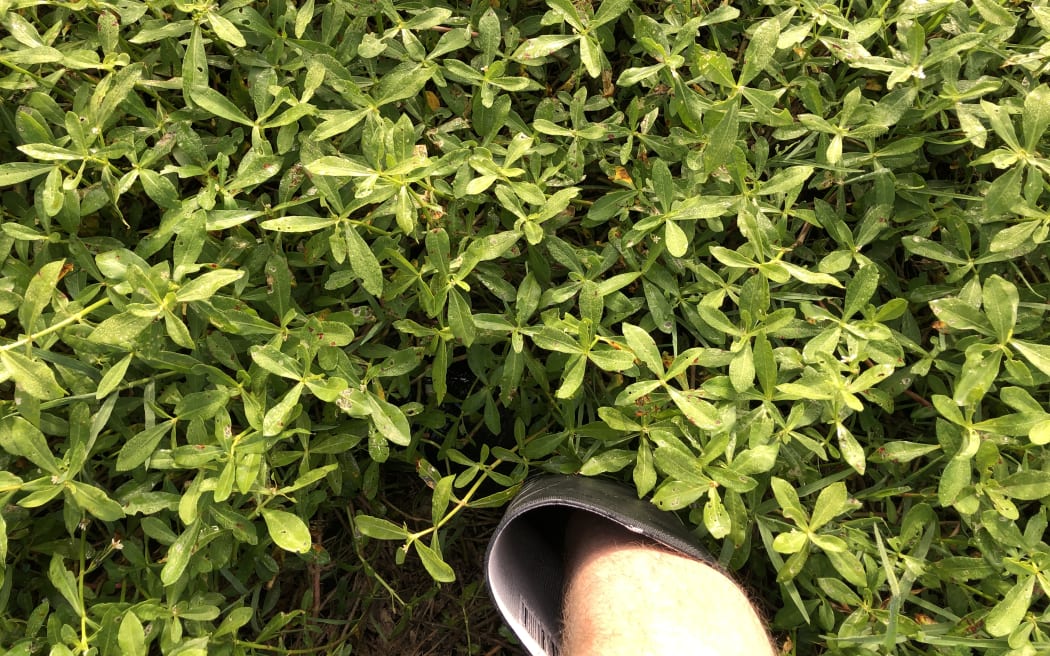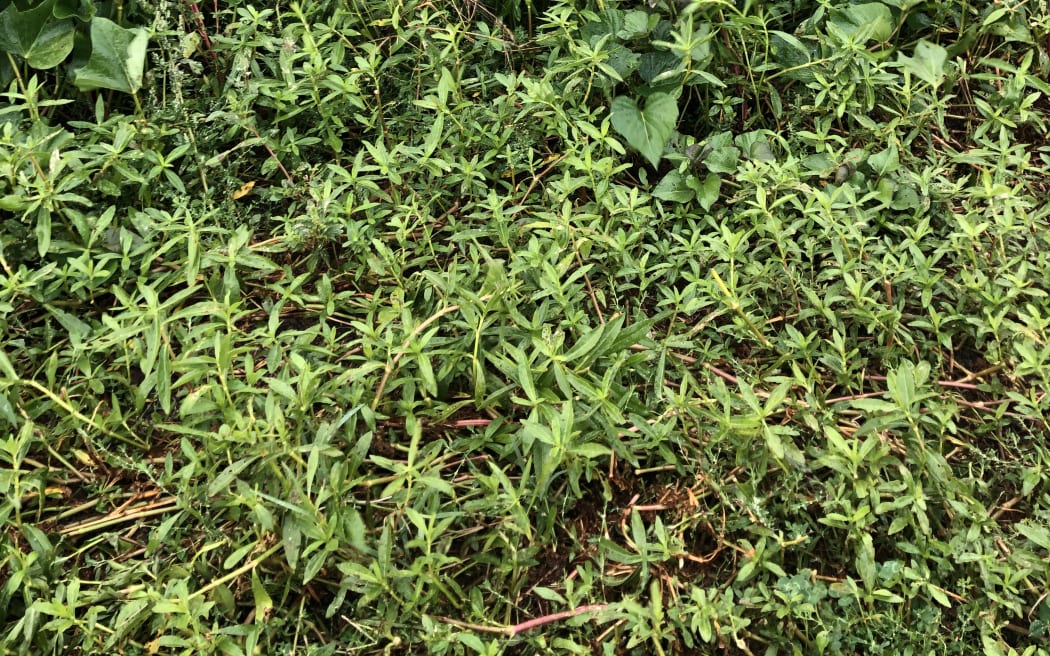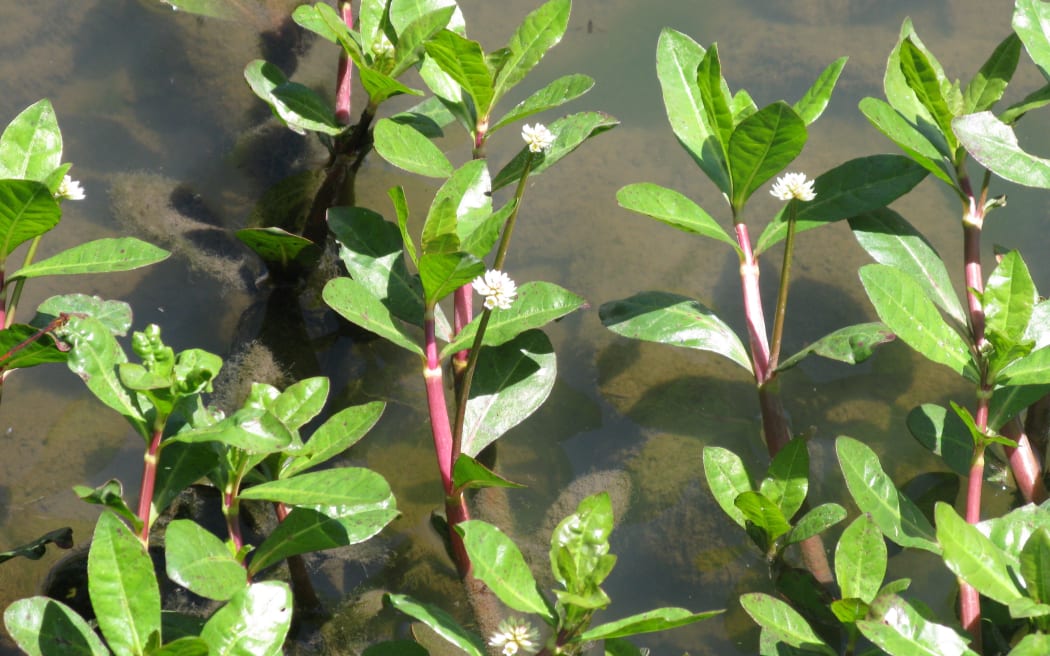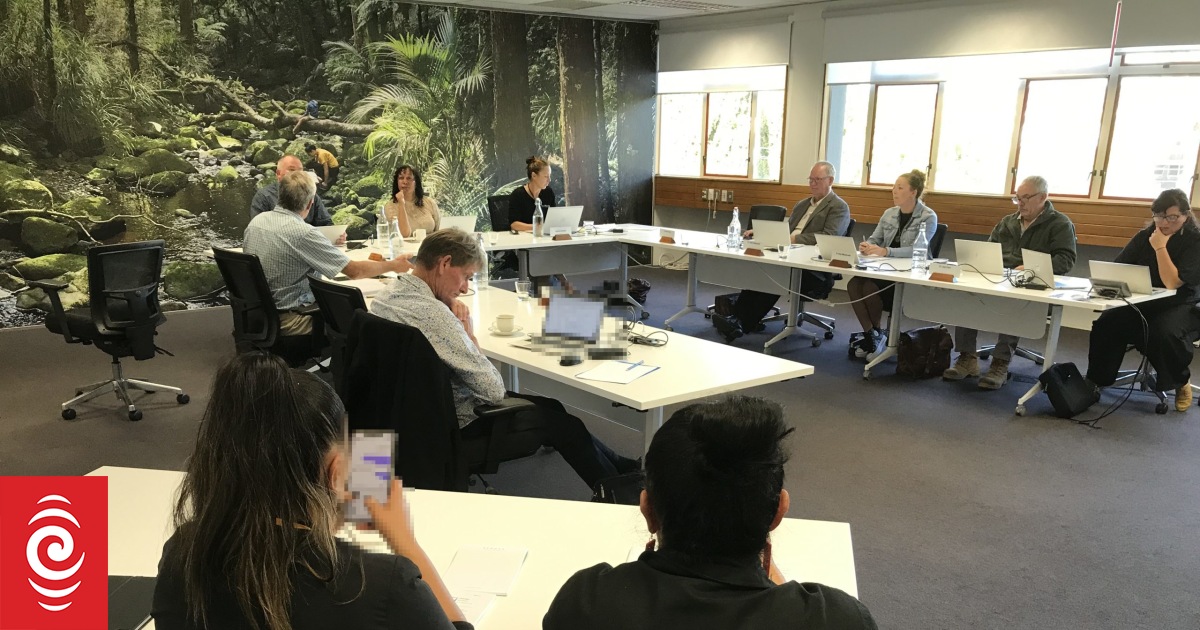
Tiny fragments of the pest plant alligator weed can survive as fragments for years, and people are being asked to notify their regional council if they spot any growing
Photo: Supplied/ Rural Contractors NZ
AgResearch is teaming up with regional councils and Rural Contractors New Zealand to collate information on alligator weed in a bid to better understand its spread.
The plant often dubbed ‘the worst weed in the world’ has been in New Zealand for more than a 100 years but was contained to Northland.
But in recent years it began spreading and has since been found in Waikato, Manawatū, Auckland, Tauranga and now Hawke’s Bay.
The AgResearch programme was being funded by The Ministry for Primary Industries Sustainable Food and Fibres Fund, with $270,000 over three years.
AgResearch scientist Trevor James said there was a lot of anecdotal evidence about alligator weed, which is native to South America, and the damage it can do – so it would be good to have hard and fast data.
“What we do know is that it’s causing big problems for farmers and growers, so it will be good to get out and chat to them about it.
“It’s a semi-tropical weed and for a long time it was confined to waterways but it can also invade the riparian areas.
“So it gets into a riparian strip then a fragment is broken off and dragged by a cultivator or something into the middle of the paddock then it grows there.”

Pest plant alligator weed in a kumara crop
Photo: Supplied/ Rural Contractors NZ
James said the weed had caused huge issues for kumara growers and happily grew under kiwifruit vines as well.
“It’s incredibly difficult to kill it because it has huge roots, people often spot spray it with a herbicide which controls it to an extent but doesn’t get rid of the problem.
“Any impacts on stock remain unclear, but the weed can certainly take over pasture and is spread by tiny plant fragments, which may survive for years.”
James said a beetle was introduced to control alligator weed in Northland and Auckland in the 1980s, but this might be proving less effective as the weed spreads to regions with cooler temperatures.
“We don’t know why it’s spreading and we may never know, but if have a better understanding of how it behaves in certain areas it will help in the fight of getting rid of it.”
He said one of the first pieces of research was to test whether alligator weed could survive in baleage, which was often exported to other regions by rural contractors and farmers.
“Human-aided dispersal is still our biggest issue with noxious weeds.”
James said it was vital if people thought they had spotted the weed that they report it to their regional council.

Alligator weed is at home growing in riparian strips, but can spread from there into paddocks
Photo: Supplied / Waikato Regional Council
Rural Contractors president Helen Slattery said rural contractors had a major role to play in helping curb the spread of all noxious weeds.
“Our members take machinery from farm to farm and we also often send baleage and hay to other regions. So, we want to do all we can to make our members aware of the risks of spreading anything that can cause harm to our nation’s biosecurity.”
She said that included rural contractors carrying out machinery hygiene practices, especially in areas where there were any alerts about the presence of biosecurity risks such as alligator weed or any other noxious weeds.




